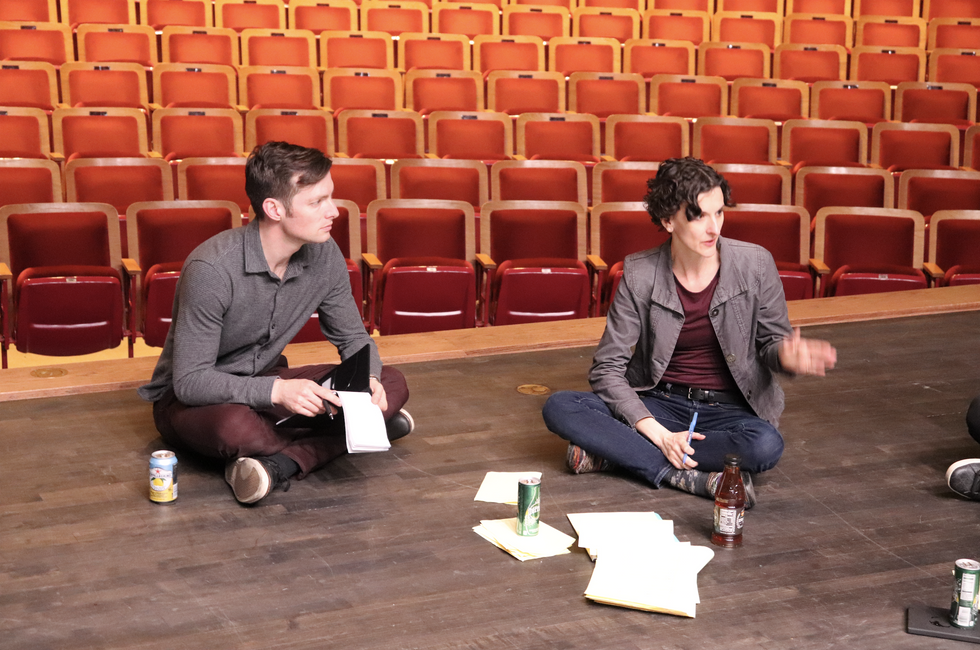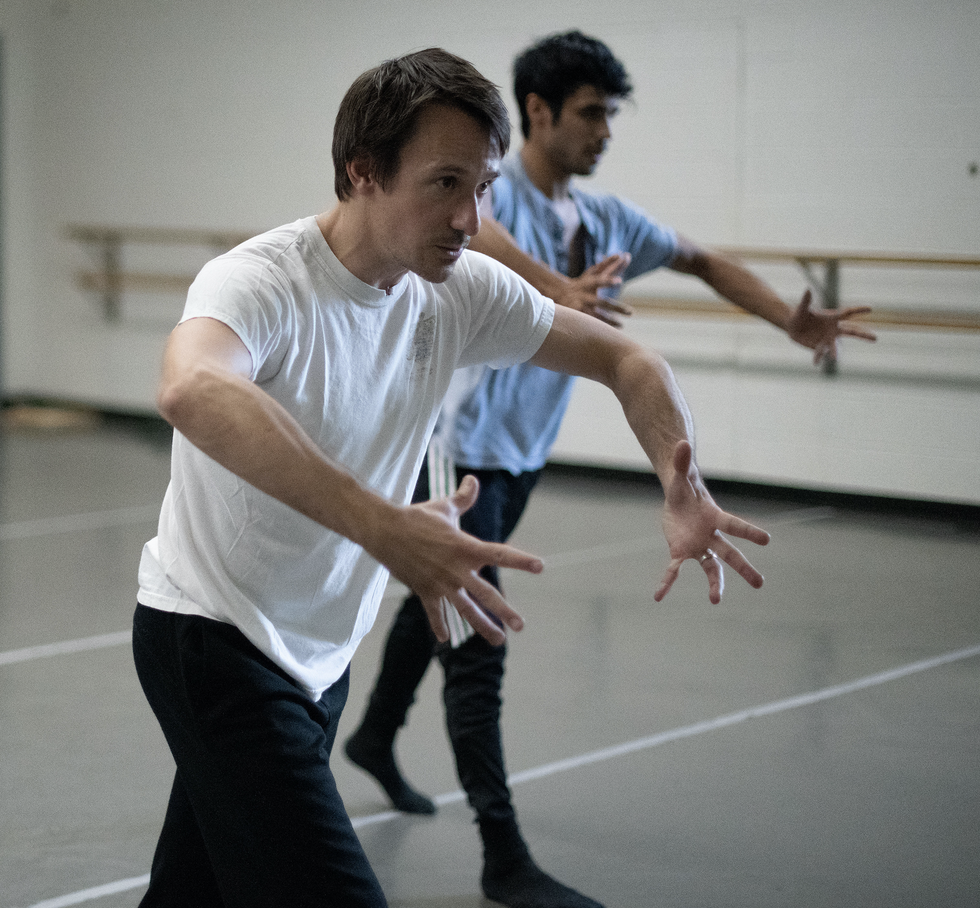What Does It Take to Transition from Dancer to Director? Three New Leaders Open Up
Becoming an artistic director can be a lot more complicated than it may seem. Dance Magazine spoke with three newly minted leaders, at the beginning and then again at the end of their first seasons as artistic directors of long-running ballet companies.
The Directors:
Amy Seiwert—Sacramento Ballet
Previous experience:
Dancer with Sacramento Ballet; dancer and resident choreographer with Smuin Contemporary Ballet; director of her own pickup troupe, Imagery; freelance choreographer
Her thoughts on the job in fall 2018:
“This is not a cookie-cutter company; there is a lot of diversity among the dancers. The company will be 65 years old, so I’m very aware of being part of a lineage. I hear Michael Smuin’s voice in my head all the time: He said that if you invite people into the theater and take their money, you better damn well entertain them.”
Garrett Anderson—Ballet Idaho
Previous experience:
Dancer with San Francisco Ballet, Royal Ballet of Flanders, Hubbard Street Dance Chicago and Trey McIntyre Project
His thoughts on the job in fall 2018:
“I like the openness and genuine joy in this company’s performances, and was struck by the sense of transparency and lack of pretension. I’ve had to build a season in a short time, which is a great opportunity to jumpstart my vision, but I’ve had to make decisions without knowing the company very well.”
James Sofranko—Grand Rapids Ballet
Previous experience:
San Francisco Ballet soloist and founder of SFDanceworks
His thoughts on the job in fall 2018:
“I had heard that the company had come a long way under the previous director, Patricia Barker. They were doing a lot of great work and had become noticed on the big stage. But for me, coming from a huge metropolitan area into a smaller one, I wonder whether there is an audience for the smaller pieces that can show that ballet is more than the big story ones.”

Cinderella Milt Gillespie, Courtesy Ballet Idaho
A year has gone by. How do you feel?
Seiwert:
“The sheer amount of work was overwhelming. I felt like Sisyphus rolling up that boulder, fearing that it would kill me if I stopped. But I love working with these dancers.”
Anderson:
“I have been treated so well, but people didn’t know what to expect from me, so we were careful about how we framed our message. Change has been about evolution and organic, rather than a pivot. I didn’t want our community only exposed to the finished product, so we invited people into our studios to observe the dancers at work. We also initiated preshow talks. Audiences right away were excited about what was happening.”
Sofranko:
“Some people have left, and I’ve hired another bunch and now have a group of dancers who are 100 percent behind my vision. I have big dreams, but I don’t want to bankrupt the company with a moon shot that won’t serve anyone in the long term.”
What were the highlights?
Seiwert:
“I got to choreograph my first Nutcracker. It was so much fun. We had 100 kids on the stage—any kid in the Sacramento area could audition.
“Also, we lost our free warehouse space, and in going through it, deciding on what to save, we found the complete production of Michael Smuin’s Romeo and Juliet. We will refurbish it, and I will choreograph it in 2021.”
Anderson:
“We did Edwaard Liang’s Cinderella. He was wonderful to work with and so generous. We were just barely big enough; every single person had multiple parts.
“We also offered a three-day intensive that was open to anyone. We had students from all over the country attend. It made me realize that we are more than a local company.”
Sofranko:
“We closed last year’s season with a free outdoor performance at the Festival of the Arts and opened the upcoming one in the amphitheater of the Frederik Meijer Gardens & Sculpture Park. Both of these were firsts; they got us out of the theater and into the community.
“Our Nutcracker sales were the biggest ever, and our season ticket sales for the upcoming year are considerably ahead of last year’s.”

Ghost Light Jade Butler, Courtesy Grand Rapids Ballet
What are the biggest challenges?
Seiwert:
“For some time, the company has struggled financially. We need to pay off our debt—we should be in the black by the end of the upcoming season. We are the only professional ballet company in the area, and we need to be better known.
“Our audiences have developed specific ideas of what ballet is. I am offering something different. I love Balanchine, but there is other stuff. I didn’t program any Balanchine last year, and I am not doing it this year.
“I also want better pay for our dancers so that they have a better quality of life and can focus on their dancing.”
Anderson:
“Boise is one of the fastest-growing cities in the country. We now have a natural momentum and opportunity to grow with the city, but we have to work to attract audiences. I have lots of friends and people in the industry who have choreographed as a favor to me, but I don’t expect them to do that forever. I have made that clear to the board.”
Sofranko:
“We are the only professional ballet company in Michigan. We need to own that and work on getting our presence better known. Bigger organizations have more resources, so here we have to pitch in more. I also have to hire a new costume shop manager, which is something I have less experience in. I have friends in the wardrobe departments of New York City Ballet and San Francisco Ballet who can help out, but we really need to fill that position.”
What’s your advice for future artistic directors?
Seiwert:
“Educate yourself on what your team will need to survive. Find mentors to help you access what is less developed than the art part of your job: leadership skills, being a good listener and good communicator.”
Anderson:
“Remember to enjoy it; don’t let the volume of work cause you to forget why you dedicated your life to this art form. Taking a step away, getting out of the studio or office, can provide some much-needed perspective.”
Sofranko:
“Consider every decision from multiple angles: Make sure you know which people you are affecting, and how you may want to approach them after the decision has been made.”



